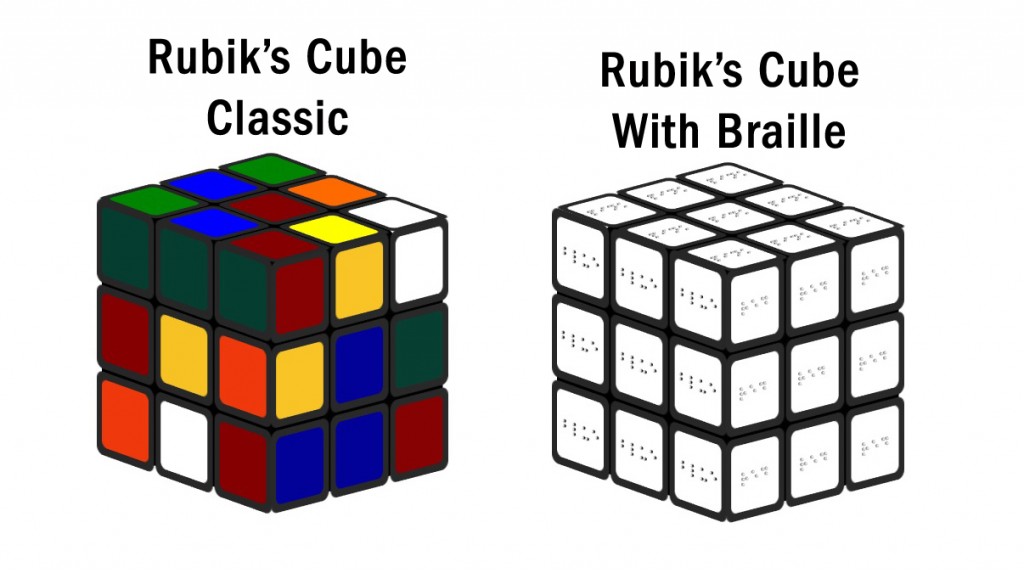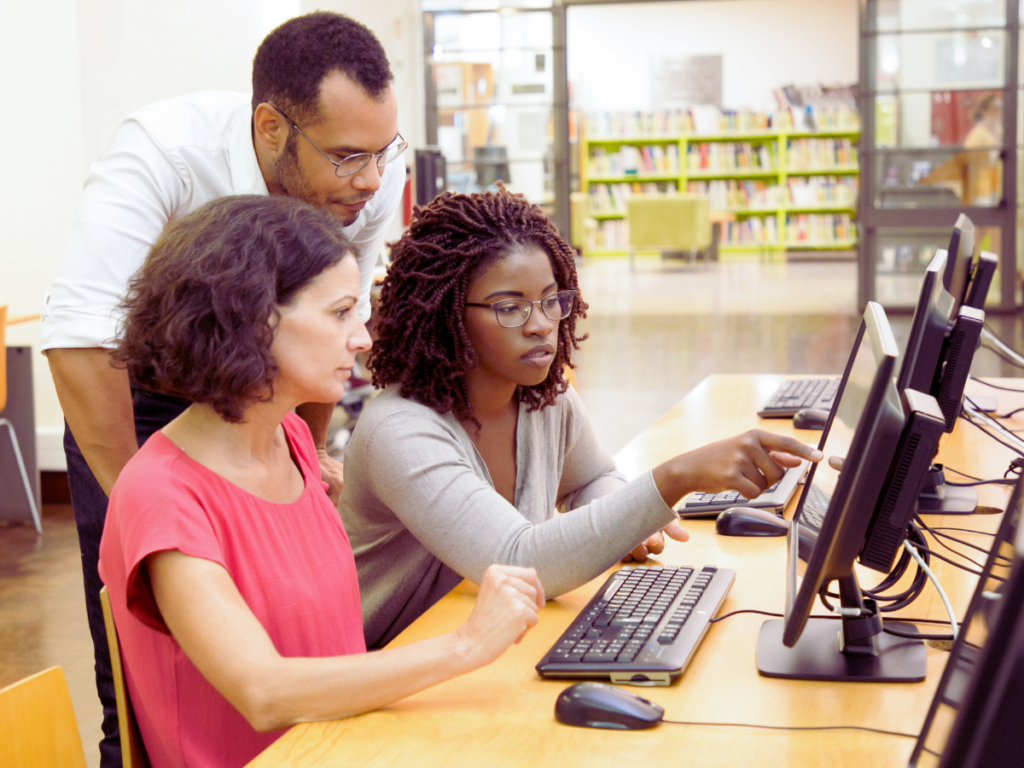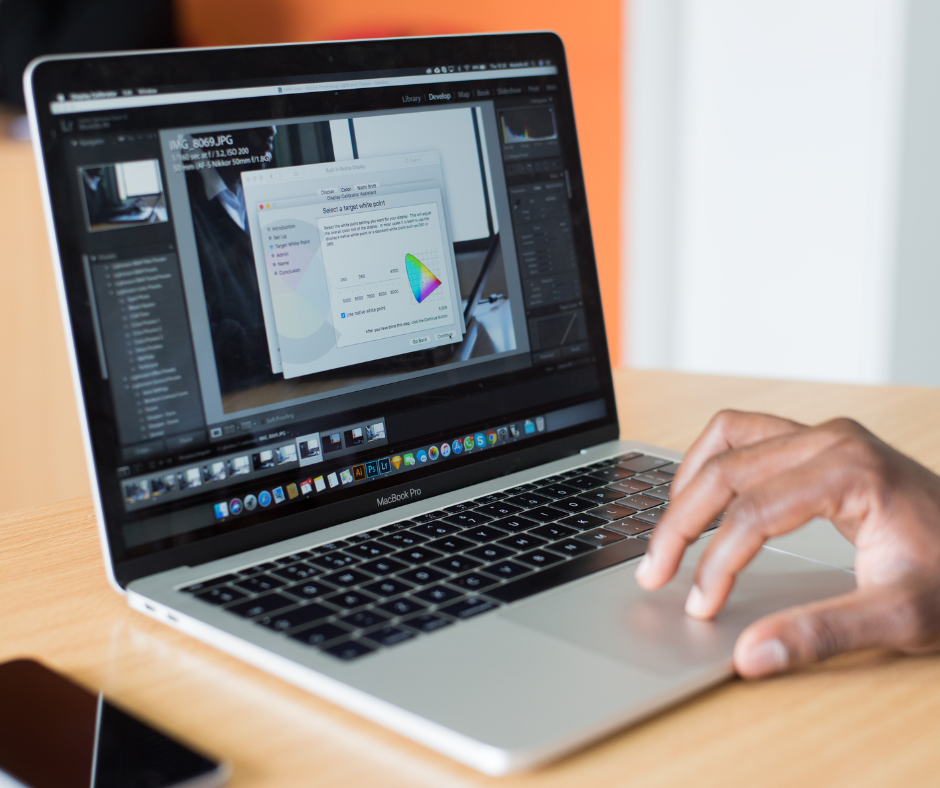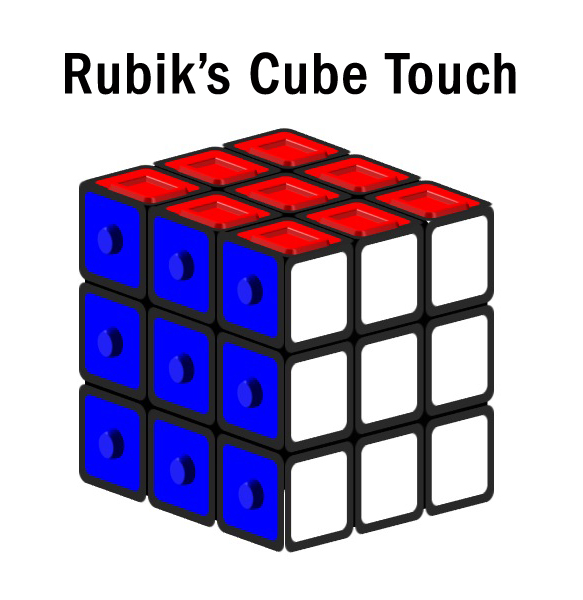

by Nikki Massaro Kauffman, Multimedia Specialist with Penn State World Campus
“Teaching is a series of decisions that increase the probability that learning will occur.”
Early in my career, when I was working as a high school teacher, someone shared this definition of teaching, and I’ve taken it with me ever since.
What struck me about this definition was the idea that teaching was more than just delivering content. Teaching is thinking about how to increase access to knowledge and helping more students become successful.
I now work in Penn State World Campus Learning Design on a consulting team that looks at accessibility and usability of educational technology. In this new role, I learned about universal design.
Universal Design, as coined by Ronald Mace, is “the design of products and environments to be usable by all people, to the greatest extent possible, without the need for adaptation or specialized design.”
So if we apply universal design to learning, we are practicing good teaching.
Universal design for learning (UDL) is an educational framework based on universal design. This framework defines flexible learning environments that can accommodate individual learning differences. UDL advocates providing students various options for:
- Representation (content)
- Expression (assignments/activities)
- Engagement (interests)
Representation: We try to make content available in multiple formats. For instance, videos have transcripts, or information in a chart might also be displayed as a table. This allows for students of all abilities and different learning styles to access all the content.
Expression: We want students to be able to choose how they demonstrate their understanding of the content. One way this can happen is with group work — the instructor can allow teams to choose their mode of communication rather than having them use a specific tool.
Another way is to encourage instructors to use a variety of assessments with a mix of objective tests and subjective writing assignments or projects. Some students may have an easier time writing an essay, while others may prefer demonstrating what they know by taking a test. Offering both options throughout our courses allows opportunities for both types of students to shine.
Engagement: We know that learning is more likely to occur if it is relevant to the learner’s interests and experiences. This is especially true for adult learners. We encourage the use of content that is emotionally engaging and/or relates to real-world problems. Content that meets these criteria is enhanced with images, video, or interactive self-check activities.
We design with many different students in mind
One of my colleagues, Sonya Woods, an accessibility consultant, works on the consulting team with me. In that capacity, she reviews course content when a student with disabilities enrolls in a course. Doing that has given her a unique perspective. She once told me, “Looking at course content to make sure it works for our students with disabilities helps me identify what the best practices are that make a course work well for everyone.”
That’s why she is an advocate for universal design for learning.
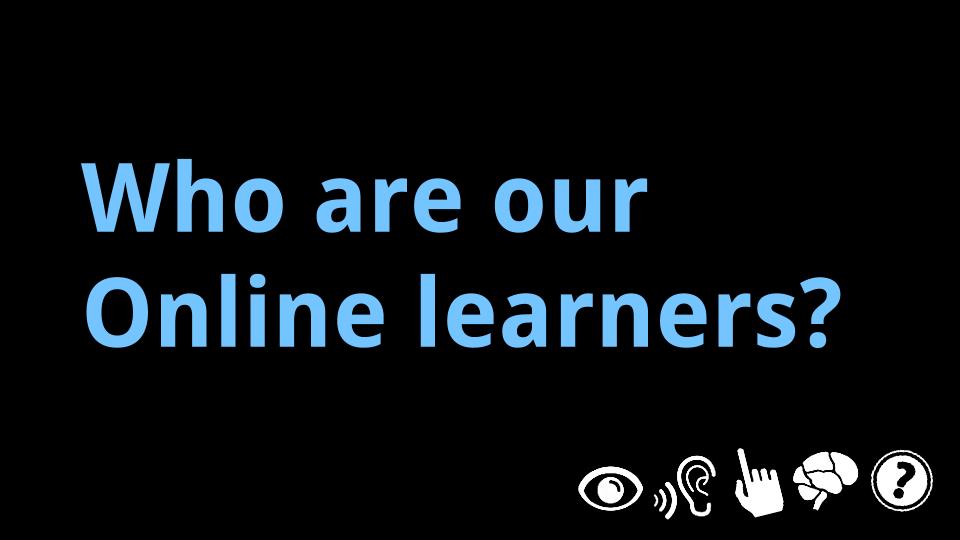
So how do we pursue universal design?
When reviewing course content, we consider any student with:
- a visual impairment
- hearing impairment, or speech and language barriers
- mobility impairments
- neurological and cognitive differences
The strategies course authors, course designers, and instructors can use to meet the needs of students with disabilities can benefit all online learners. Making content available in multiple formats and allowing students multiple ways to submit content can benefit students who:
- are traveling to a different time zone
- have limited Internet access
- are on mobile devices
- spend a limited amount of time online
Universal design works best when it is not an afterthought
At Penn State World Campus, we’ve seen a big increase in the number of students who are receiving accommodations: from 32 in 2011 to 338 in 2014. That’s why understanding UDL is so important to the Penn State community. It is part of creating a great learning experience for all our students.
Sonya and I realized that course authors and course design staff would benefit from these principles before the course is ever reviewed for accessibility.
We find it important for course authors, designers, and instructors to think about universal design from the beginning in creating courses, and we present regular discussions and trainings to help facilitate this.
At a recent training, a woman who helps build online course content had a “light bulb moment” and she said, “Accessible design is just better for everyone.” She is now in the process of redesigning course content to increase accessibility based on what she learned.
Through these UDL talks, course authors and designers become aware of the challenges for online students, what we can do for them, and how they can collaborate with us. They learn that UDL isn’t just making learning accessible to students with disabilities; UDL is about deciding to build choices into learning. UDL is about increasing access to learning. UDL is, by definition, good teaching.
